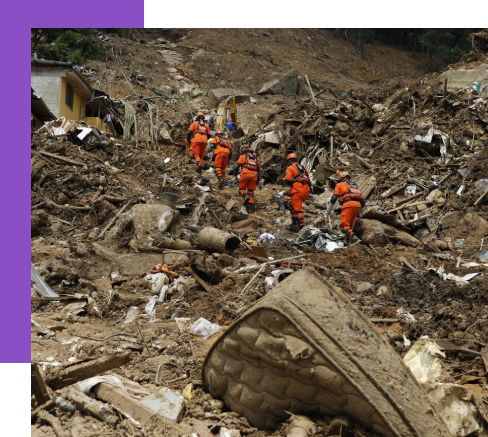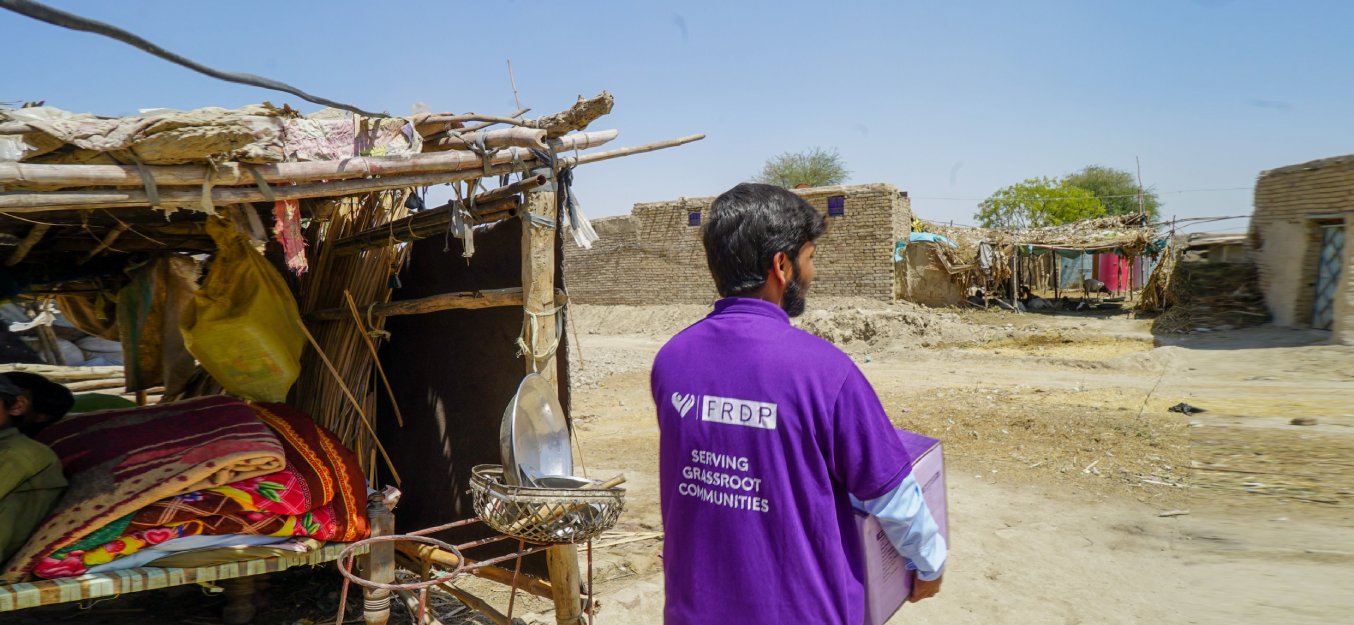Situation Analysis
Pakistan faces a high susceptibility to various disasters due to its geography and climate. Over the past two decades, more than 150 million people have been affected by disasters, with economic losses exceeding $20 billion. Floods are recurrent, impacting an average of 5 million people annually, while earthquakes and droughts pose significant threats. The country’s disaster management system has evolved, yet challenges persist in terms of preparedness, response, and infrastructure resilience. Collaborative efforts involving government, NGOs, and international organizations are vital to enhance disaster preparedness, reduce vulnerability, and mitigate the impact on millions of vulnerable lives.
FRDP’s Response
FRDP has been at the forefront of emergency response since its inception. Collaborating with national and international partners, we’ve reached communities in Sindh, Balochistan, Punjab, KPK, and Kashmir.
- Combatting Tharparkar’s Droughts
- Flood Response
- Heatwave Mitigation
- Disaster Risk Reduction
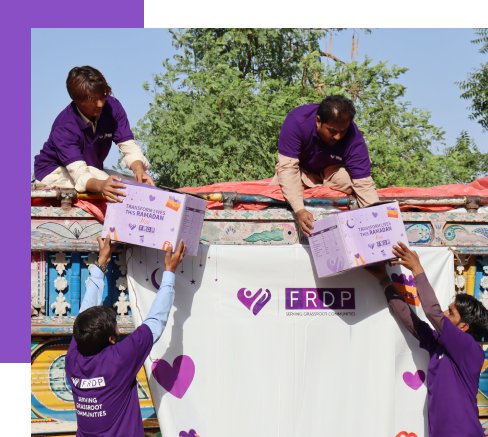
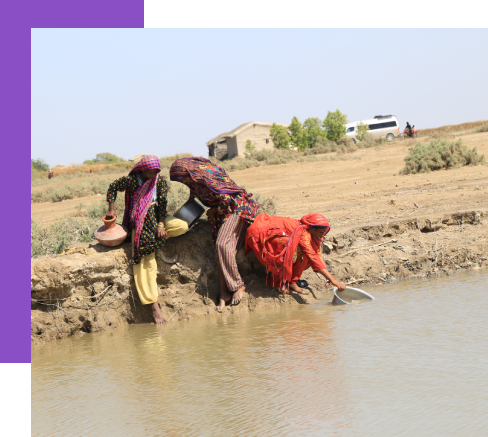
Combatting Tharparkar's Droughts
Since 2012, we’ve addressed recurring droughts in this arid region, focusing on water, food, and livestock fodder delivery.
Flood Response
Given Sindh’s Indus River proximity, annual floods impact the area. We assess damage, relocate communities, and provide sustenance, water, and shelter. In 2022’s floods, we aided over 0.5 million people across 16 districts, collaborating with PDMA, district authorities, and INGOs.
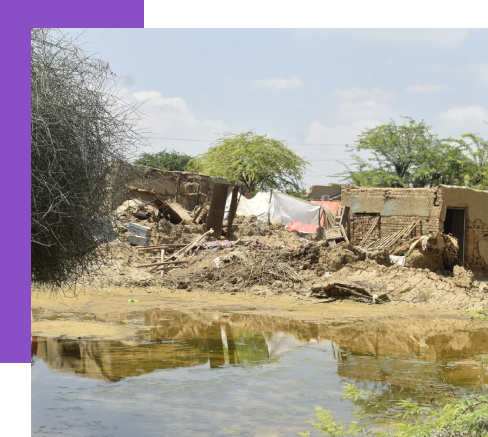

Heatwave Mitigation
Amid peak summers, we raise awareness and offer water, juices, and health checks to at-risk commuters in Karachi and Hyderabad.
Disaster Risk Reduction
We actively engage in anticipatory action discussions, emphasizing disaster resilience. Our trained teams educate communities, particularly about flood and heatwave mitigation techniques.
